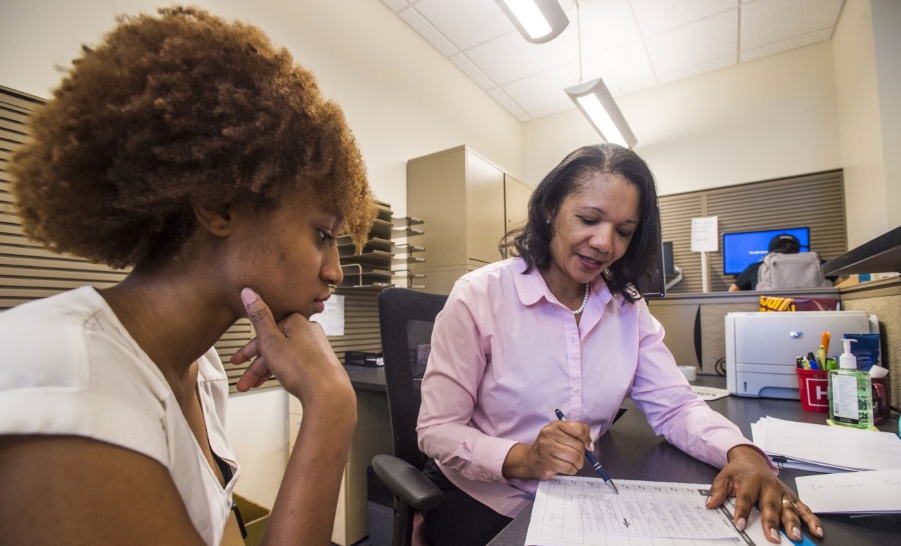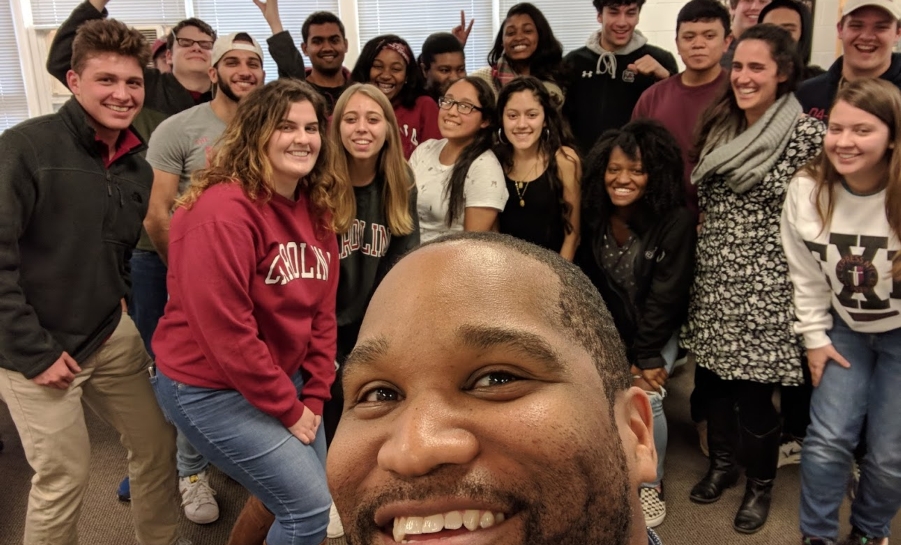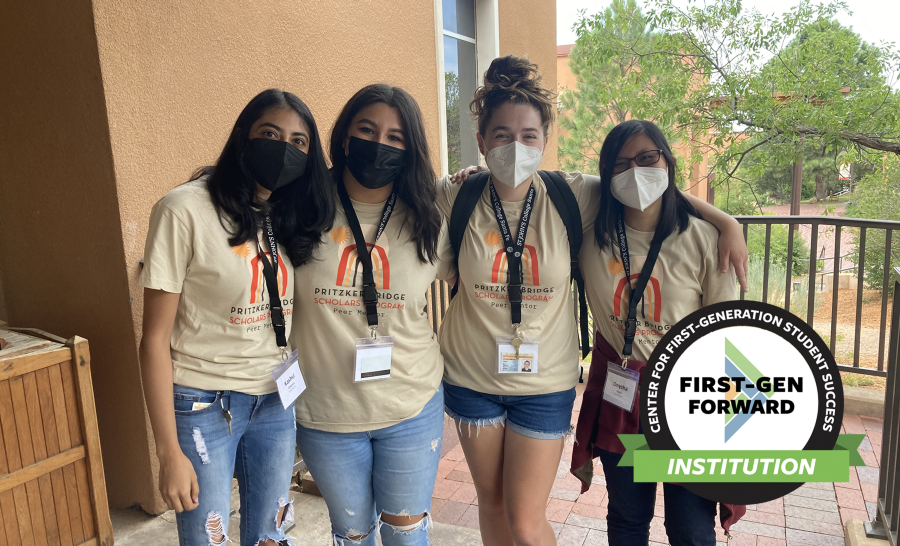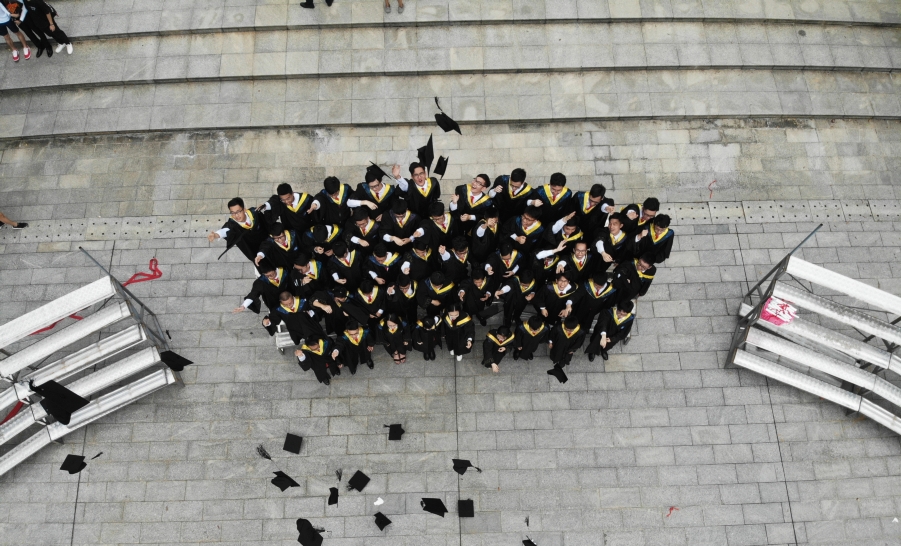Including Faculty in First-generation Student Program at Utah Valley University
Garrett Nagaishi, M.A., & Marcy Glassford, M.P.A., / FirstGen Forward / February 13, 2020
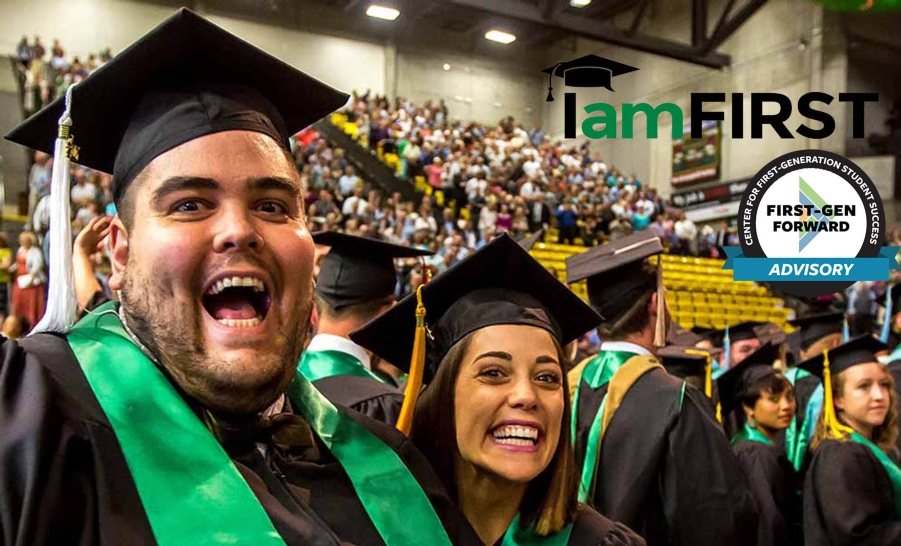
Both Student and Academic Affairs professionals understand the importance of engaging with our students both inside and outside of the classroom. Nevertheless, building collaborative partnerships between Academic and Student Affairs is not always straightforward. Faculty play an integral role in supporting first-year students, particularly those who are first-generation (Lau 2003; Pascarella & Terenzini 2005). Indeed, student-faculty interaction is a high-impact practice that appears to positively affect all students, irrespective of ethnicity, race, gender, and class (Kim & Sax 2009). Research also suggests that this faculty engagement may look different for every student and faculty member, and that many students benefit simply from knowing someone on campus (Wang, 2012). Thus, it is crucial that students not only have access to faculty, but that students are encouraged to interact with multiple faculty members in diverse ways.
So why are these student-faculty mentorships so important for first-year, first-gen students? First-gen students need to see faculty as approachable individuals who were once students themselves. Indeed, many faculty members are first-generation college graduates who can empathize with their students. This simple connection can go a long way in building a student’s self-confidence and dispelling feelings of inadequacy and doubt. Further, faculty can speak to a whole host of academic topics that these students may not learn about through regular onboarding communications (e.g. registering for classes, financial aid, student housing).
At Utah Valley University, recruiting faculty mentors has not only come easy, it has been an institutional expectation since I Am First was created in 2016. Having the support of university leadership, including both Student Affairs and Academic Affairs executives, means both faculty and staff learn about the need to support first-generation students and how to engage with them. We have found that many of our faculty members are first-generation college graduates and incredibly willing to share their experiences and expertise with these students.
One strategy for recruiting mentors into our programming has been to connect them with a first-gen student in their major or field. Faculty are expected to make time in their schedules for office hours facilitating these connections helps mentors understand the why of our programming. When faculty meet with our students, they can see themselves as mentors and are more willing to be involved in a variety of activities and programs.
As students take opportunities to meet with faculty outside of the classroom, we have seen that they are empowered to seek out other networking and co-curricular opportunities on their own. Our Learning Lunches offer students a casual networking opportunity with both a faculty mentor and fellow first-gen peers. These meet-ups can be less intimidating while still introducing students to valuable skills.
To learn more about UVU’s first-gen initiatives visit: www.uvu.edu/iamfirst.
References
Kim, Y. K., & Sax, L. J. (2009). Student-faculty interaction in research universities: Differences by student gender, race, social class, and first-generation status. Research in Higher Education, 50(5), 437-459. http://www.jstor.org/stable/29782935
Lau, L. K. (2003). Institutional factors affecting student retention. Education-Indianapolis (then Chula Vista), 124(1), 126-136. https://www.uccs.edu/Documents/retention/2003%20Institutional%20Factors%20Affecting%20Student%20Retention.pdf
Pascarella, E. T., & Terenzini, P. T. (2005). How College Affects Students: A Third Decade of Research. Volume 2. Jossey-Bass, An Imprint of Wiley.
Wang, T. R. (2012) Understanding the memorable messages first-generation college students receive from on-campus mentors. Communication Education, 61(4), 335-357. DOI: 10.1080/03634523.2012.691978.
